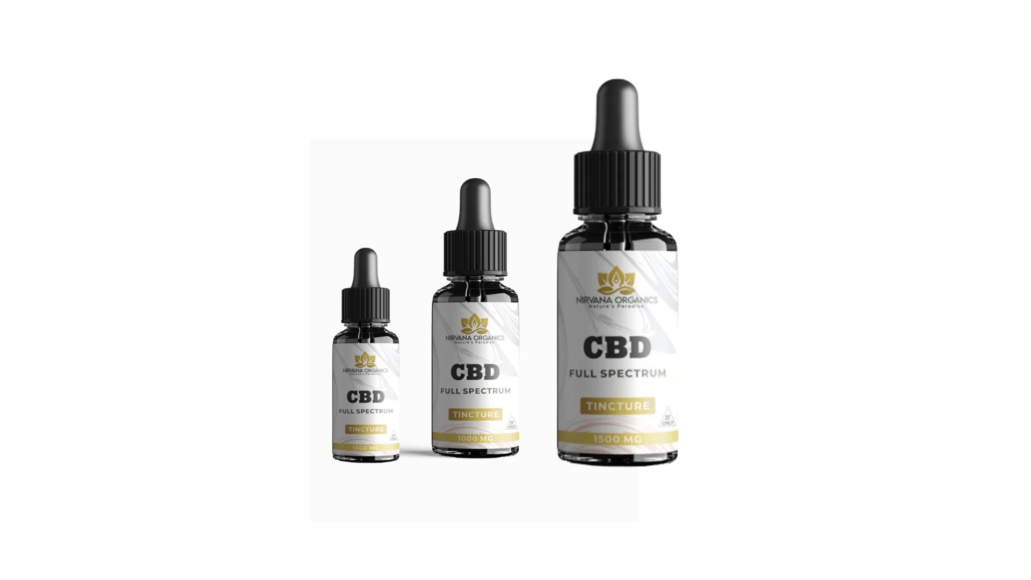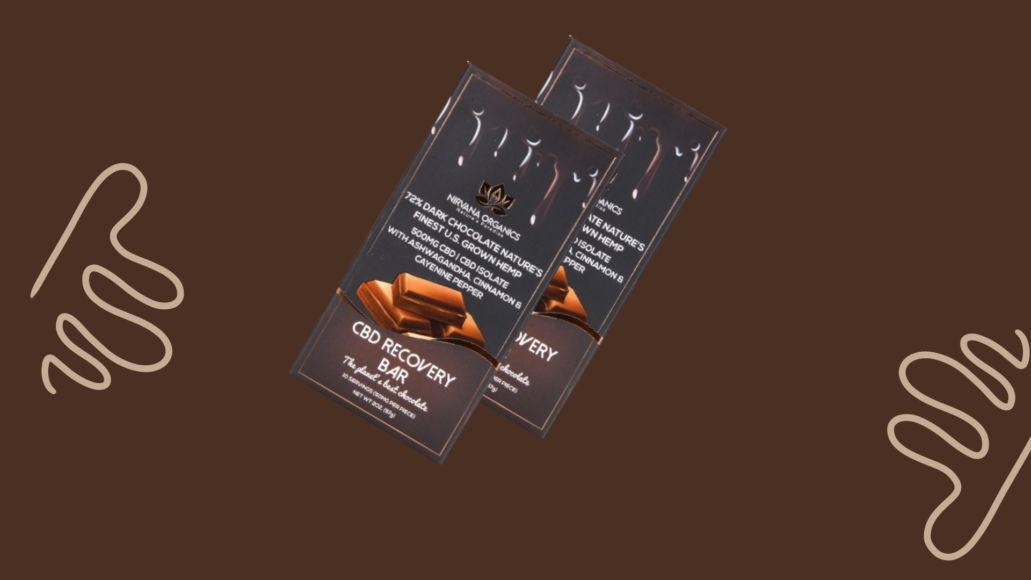Dream or Nightmare? Investigating the Relationship Between CBD and Nightmares
What are Nightmares and what are terrors?
Children often have wild dreams, but adults can have them too, especially when they’re really stressed, feeling mentally uncomfortable, or taking strong medicines. Nightmares and night terrors both mess with good sleep, but they’re different.
Nightmares:
- Nightmares are really scary or superrealistic dreams.
- They usually happen when you’re in the REM phase of sleep, which is a deep part of sleep.
- During nightmares, you know you’re dreaming, and you can talk about what’s happening.
- When you have a nightmare, you might scream, cry, or feel really scared.
Night Terrors:
- Night terrors make you feel like you’re awake, but you’re actually still dreaming.
- You might feel lost or confused and not recognize where you are or the people around you.
- Night terrors usually happen during non-REM sleep, which is about 2 hours after you fall asleep.
- When you wake up after a night terror, you might not remember anything about it.
Dreams as a sorter of thoughts
Dreams, both good and bad, are a natural part of how our brains work. They’re a special way our minds organize thoughts and memories. Dreams help us make sense of what happened during the day and become stronger against stress or tough feelings. Some people think dreams are just made-up stories, but researchers say only about 10% of them are like that. Most dreams are connected to real life in some way. They mix up our reactions, fears, emotions, and happy moments from real life.
Not only stress or feelings affect dreams. Some people notice changes in their dreams after eating certain foods like dairy or spicy foods, or taking certain supplements. Even regular exercise can make dreams different.
The five stages of sleep
Whether you sleep for a short six hours or a longer ten hours, whether you have to be in bed by nine o’clock or you go to sleep in the morning after working a night shift without sleep, your body still goes through all the stages of sleep.
Phase 1
When you’re just starting to fall asleep, your body goes into a phase where your reflexes slow down, and you begin to feel relaxed. However, during this time, you might experience sudden twitches caused by your muscles relaxing quickly.
Phase 2
During the second phase of sleep, which lasts up to about 25 minutes, your body prepares for deep sleep. Your eyes remain closed, your heart rate slows down, and your body temperature drops slightly. Additionally, the brain waves start to fade, signaling a transition toward deeper stages of sleep.
Phase 3
About three-quarters of an hour after falling asleep, the brain enters a state where it emits very weak waves. This marks the transition from light sleep to deep sleep. Waking up suddenly during this preparatory phase can be very unpleasant.
Phase 4
Deep sleep is a phase when a person typically doesn’t wake up on their own. It lasts for about 30 minutes, but it’s considered the best part of sleep because it’s when the body truly regenerates. During deep sleep, the body undergoes important repair processes and restores energy for the next day.
Phase 5
During REM (Rapid Eye Movement) sleep, brain activity increases, and vivid dreams occur while muscles are maximally relaxed. Throughout the recommended eight hours of sleep for adults (which falls within the range of seven to nine hours a day), the cycle of five sleep stages is repeated four or five times. Additionally, the REM sleep portion tends to lengthen with each cycle and can last up to an hour before waking up.
How does CBD affect sleep and dreams?
Research on the relationship between cannabidiol (CBD) use and dreams or nightmares is limited. Most studies focus on CBD’s ability to promote better sleep. It is experienced by many users that CBD helps individuals experience smoother and more uninterrupted sleep.
Taking CBD before sleep doesn’t seem to affect dreams or the occurrence of night terrors. However, it’s advisable to consume CBD during or shortly after a meal. This allows it to be part of the digestion process, enter the body faster, and be more effective.
Some smaller studies and user experiences suggest that CBD, a non-psychoactive compound, may influence REM and non-REM sleep differently. It’s theorized that CBD might lead to longer periods of dreaming, potentially making dreams more vivid and lucid, and allowing the person to have some control over them. However, evidence supporting this claim is scarce and not conclusive.
CBD affects individuals differently, and its effects can vary based on various factors. Some people may find that CBD enhances their ability to remember dreams, while others might experience nightmares. However, there isn’t a direct proven link between cannabidiol and dreams, and it’s usually a combination of factors that impact sleep quality and restlessness during sleep.
During the REM sleep phase, there are minimal muscle movements but rapid eye movements and twitching occur. Dreaming in this phase is normal, but sometimes disruptive elements like sounds, screams, or frantic gestures can occur, resembling nightmares. These disturbances significantly reduce sleep quality and can lead to injuries and even long-term neurodegenerative diseases.
While CBD alone shouldn’t directly affect nightmares, if a person experiences negative changes in their sleep patterns, they may consider adjusting their CBD dosage or consulting with a doctor for guidance.
Final Word
As of now, no research has demonstrated that taking CBD directly causes nightmares or night terrors. If such experiences occur, it’s typically due to a combination of factors affecting sleep, such as stress, illness, or excessive fatigue. CBD itself is not known to be a direct cause of nightmares or scares.
Related posts
A Comprehensive Guide to the Essentials of CBD..
Understanding CBD Recovery Bar Dark Chocolate
What Are CBD Topicals and How Do They Work?
Exploring the Potential of Black Pepper with..
Understanding Vaporizer Burning and Its Benefits
Unraveling the Truth About CBD and Its Effects on..
The products featured on this site have not been evaluated by the Food and Drug Administration. They are not intended to be used for the diagnosis, treatment, prevention, or cure of any medical condition. Nirvana Organics does not make any claims about the benefits of our products. We recommend consulting your physician before using alternative therapies, especially if you are pregnant, nursing, elderly, chronically ill, or taking prescription medications. You must be at least 21 years old to purchase our products. Consumers assume full responsibility for using these offerings appropriately and legally.
We aim to provide truthful information about our offerings. However, our content is not meant as medical advice or instruction. The customer bears responsibility for using all products appropriately and according to the law. Customers should not construe any information here as professional medical advice or prescriptions. We provide general details about our products but do not claim to treat, cure, or prevent diseases. Creating any treatment regimen is a decision between buyers and their qualified Medical practitioners. Per the PACT Act, we follow regulations regarding the shipment of lawful goods.
THC Disclaimer
Our products contain no more than 0.3% Δ9-THC on a dry weight basis, which meets legal requirements. However, Δ9-THC can cause impairment and other side effects. You must avoid these offerings if pregnant or nursing. We also recommend consultation with a medical professional before consuming Δ9-THC. Keep these products away from children or animals. Operating vehicles or other machinery under the influence of Δ9-THC may be illegal and dangerous.

We at Nirvana Organics believe in quality and customer experience.
©2024. shopnirvanaorganics.com. All Rights Reserved.
- Login
- Sign Up








